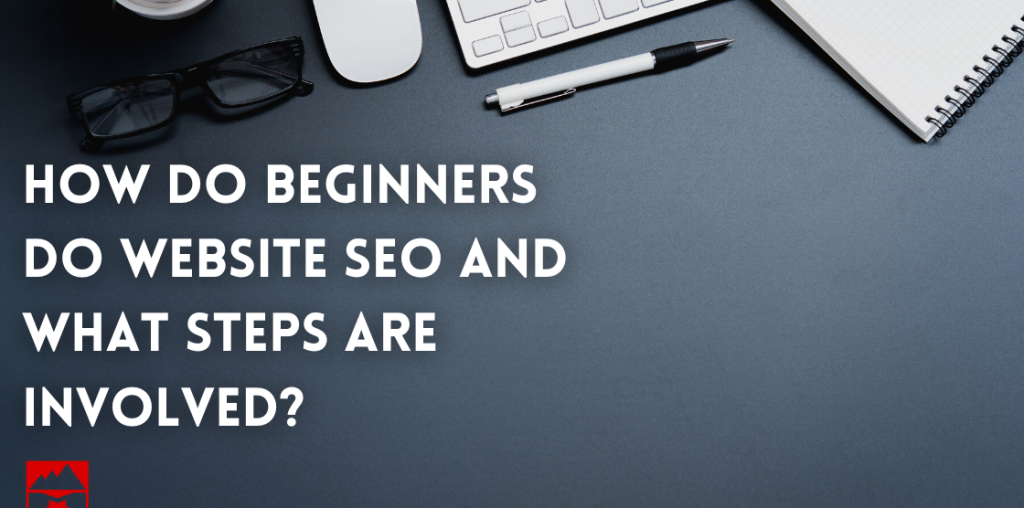When it comes to marketing your business, it can be difficult to know where to start. It’s not uncommon for small businesses and new brands to feel lost when it comes to their online presence. It can appear as though there are too many moving parts and you don’t know where to begin. Marketing your business on the Internet is no different. You need an effective strategy to get the word out about your company in a way that works best for you and your customers. One of the best ways to do this is by optimizing your website for search engines, or, more simply put, website SEO. So let’s take a look at how beginners do website SEO and what steps are involved?
What is website SEO?
Website SEO is the process of optimizing your website for search engines to increase the number of site visitors and sales through organic search results. Website SEO can be broken down into three main categories: on-page SEO, off-page SEO, and social media marketing. On-Page SEO: This is the process of optimizing your website’s content, titles, headers, and links to help search engines understand what your website is about. Off-Page SEO: This is the process of getting other websites to link back to your website so that search engines understand that your site is trustworthy and relevant. Social media marketing: This is the process of using social media platforms like Facebook, Instagram, and Twitter to promote your website to attract more visitors and increase sales.
Why is website SEO important?
People don’t always click on ads or click links in Google’s search results. They might go directly to your website and purchase something without clicking on anything else. That’s where SEO comes in. If you have a website and don’t have it optimized for search engines, you might be losing out on traffic and sales. According to data from the Uberspace Corporation, 92% of online shoppers start their buying process with a search engine like Google. That’s why SEO is important: It’s one of the most effective ways to generate leads and sales for your business. It’s also important to note that SEO isn’t a one-and-done activity. It’s a continuous, ongoing process that you should continuously be monitoring and optimizing for. As Google’s algorithms and user experience improve, so should your SEO strategy. That’s why it’s crucial to have an SEO strategy and to understand how SEO works so that you can stay relevant and ahead of the game.
Decide on a Content Marketing Strategy
A lot of beginners get stuck at this stage and don’t know where to start. First, ask yourself: What is my business? Who is my target audience? What are their interests/needs? What problems do they have? What solutions can my business provide? What are my goals? What resources do I have available to me? What’s the best way to achieve these goals? Once you’ve answered these questions, you should have a general idea of your company’s goals and what direction you want to go with your marketing. Now it’s time to decide on a content marketing strategy. There are two main types of content marketing to focus on: Attention-grabbing content – This type of content aims to attract and engage your target audience and build brand awareness by focusing on various topics. This could include blog posts, how-to’s, listicles, or even gifs. There are endless ways to attract attention, but these are just a few examples of what you can do. Problem-solving content – This type of content is more solution-oriented and focuses on the problems your specific audience is facing. This could include guest posts, infographics, e-books, case studies, etc. There are a ton of different ways to solve problems, but the best way to decide what to focus on is by talking to your customers.
Choose the right keywords
Once you’ve decided on a content marketing strategy, you’ll want to choose the right keywords to guide your SEO efforts. It’s important to note that you can’t choose whatever terms you want. You have to choose terms that are relevant to your business and that people are actually searching for. There are plenty of tools you can use to find keywords for your website, but the most effective way is to talk to your customers. Ask them what terms they’re using to search for things and what they’d like to see on your site. You can also look at related websites and see what keywords they’re using. Once you’ve chosen the right keywords, you want to make sure your website is optimizing for them. There are a few different ways to do this, but the most effective way is to use your keywords naturally throughout your site.
Develop a Content Marketing Strategy
Now that you know what types of content you want to create and which keywords to focus on, it’s time to put your plan into action. You want to start by coming up with a content calendar that outlines the topics you’ll be covering, when you’ll be covering them, and how often you’ll be publishing new content. You might have a huge list of topics you want to cover, but it’s important to choose a few topics that will drive traffic and make an impact. Once you’ve chosen topics, it’s time to create your content. But before you dive in, there are a few things to keep in mind. Your content needs to be personalized – You want each piece of content you publish to be authentic and helpful for your audience. That means your content needs to be unique and tailored to your audience. Your content needs to be valuable – Your content should be helpful, insightful, and actionable for your audience. It should solve a problem and make their lives easier in some way. Your content needs to be consistent – You want your content to show up regularly and consistently so that your audience knows when to expect new content from you. This will help build brand awareness and keep people engaged with your content.
Create quality content
Once you’ve created your content, it’s time to actually publish it. You want to make sure that your content looks as good as it can. Not only does this make it more appealing to readers, but Google also gives preference to websites that have high-quality and well-designed content. Here are a few things you can do to make sure your content looks good: Create a solid title – You want your title to be eye-catching and descriptive of your content. A solid title will help draw readers in and let them know what to expect from your article. Make your content long-form – Long-form content (around 1,500 words or more) is more engaging for your readers and is more likely to be shared. Create high-quality images – Images are a great way to break up your content and make it more visually appealing to readers. Make sure your content is well-written – Google’s algorithm has gotten much better at detecting if content is legitimate or not. Make sure your content is grammatically correct and easy to read.
Conclusion
When it comes to marketing your business, you need to start with a solid foundation. Website SEO is the cornerstone of any digital marketing strategy. It allows you to connect with potential customers, establish your brand, and grow your site traffic. But it’s important to remember that SEO is a continuous process. There’s no one-and-done fix; you need to stay consistent and continuously monitor your progress. If you want your website to be successful, it’s important to do website SEO. And when you do it right, it can be an incredibly effective way to get your business in front of new customers and grow your brand.

